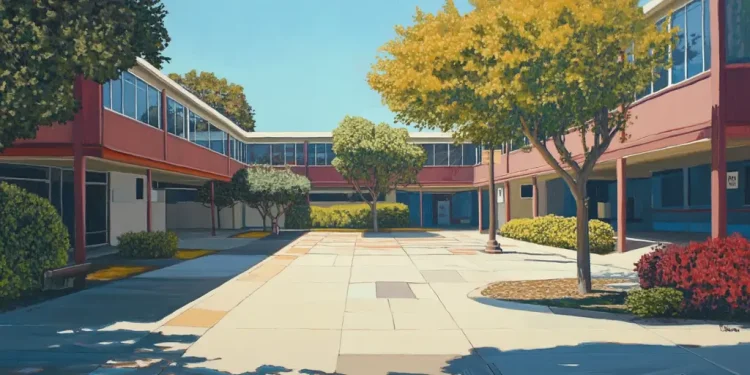Recently, California’s two largest school districts found themselves in a tricky situation after their ambitious plans to incorporate artificial intelligence (AI) into their educational system didn’t go as planned. It’s a lesson in the complexities of new technology and large-scale implementation.
What Happened?
Both school districts aimed to use AI to enhance various aspects of education, such as personalized learning and administrative efficiency. However, the deals they made ran into several issues. The AI systems did not integrate well with the current infrastructure, leading to technical problems that disrupted regular school activities.
For example, teachers experienced delays and errors when attempting to access student data, and students faced difficulties with AI-generated learning materials. These problems caused significant frustration among staff, students, and parents alike.
Financial Impact
The financial repercussions were also significant. The school districts had invested a substantial amount of taxpayer money into these AI deals. With the current issues, there’s now a pressing need for additional funds to either fix the problems or find alternative solutions. This has sparked debates over budget allocations and the proper use of public funds.
Community Response
Parents, teachers, and local communities have voiced their concerns. Many feel that the school districts rushed into these agreements without adequately considering the practical challenges involved. There are calls for more transparency in how these decisions are made and for involving educators and tech experts from the beginning stages of such projects.
Lessons Learned
This situation offers several important lessons. It’s crucial to carry out extensive testing before fully integrating new technology into the educational system. Also, there should be an emphasis on training for teachers and administrators to ensure they are comfortable and proficient with any new tools.
Overall, while AI has great potential to revolutionize education, this case highlights the need for careful planning and consideration. It’s not just about having the latest tech; it’s about ensuring it works smoothly with existing systems and meets the needs of everyone involved.
Looking Ahead
Moving forward, both school districts are taking steps to address the issues. They are consulting with tech experts, conducting more pilot programs, and gathering feedback from teachers and parents. The goal is to ensure that future technological integrations are more successful and beneficial for all.
This experience serves as a reminder that while technology can bring significant advancements, the human element is just as important in making sure everything works as intended.










